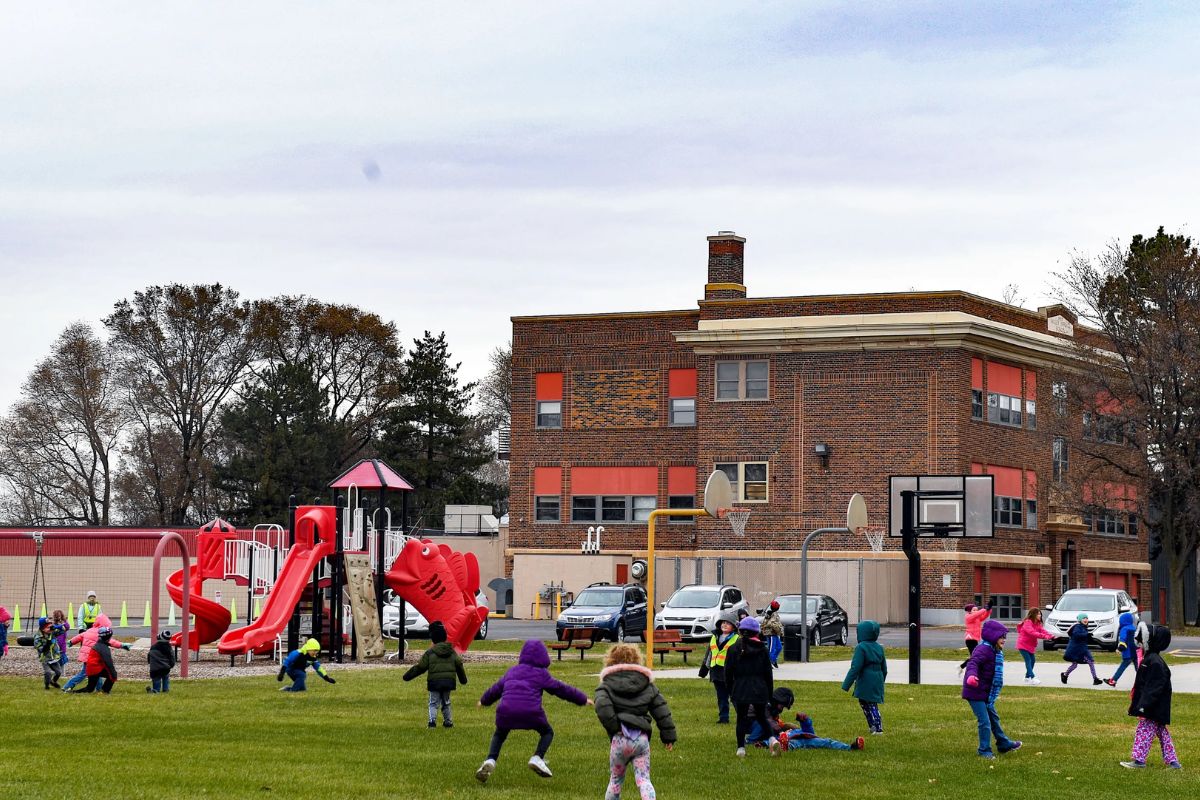The August 2023 Rent Report provides valuable insights into the current state of the rental market across the United States.
This research article aims to delve deeper into the report's findings, providing a comprehensive analysis of the trends and factors influencing rent prices.
National Rent Price Trends
According to the report, rent prices experienced a slight increase of 0.31 percent year over year in July 2023. While this growth is lower than the previous month, it is still noteworthy considering the steady declines observed after last summer's peak. From June to July, rents rose by 0.41 percent, marking the second monthly increase below 1 percent in the past five months.
The national median rent price currently stands at $2,038, just $15 less than the levels recorded in August 2022 when prices peaked at $2,053. Since February 2023, when rents hit their lowest point at $1,936, prices have seen a nearly 5 percent increase. If the average rate of growth since February continues, the national rent price is poised to reach a new historical high, surpassing last August's record by nearly $5.
Industry-wide Trends
Several industry-wide trends have contributed to the moderation of rent growth rates. An influx of new rental inventory coupled with demand below seasonal norms has played a role in slowing down rent increases. In fact, prices even dipped negative year over year in May.
However, it is important to note that rents remain elevated in the long term. Over the course of the pandemic, rents have risen by 25 percent, adding more than $400 to monthly rent bills since 2019. Over a two-year period, the cost of renting has increased by 14 percent, representing an annualized growth rate of nearly 7 percent.
State-Level Rent Price Trends
At the state level, rent prices exhibited both increases and decreases. In July, 33.33 percent of markets experienced yearly declines, while more than 64 percent of states saw monthly increases compared to 57 percent in June. The West was the only region to register yearly declines, with a 1.12 percent drop.
In the Northeast, the most expensive region, rents grew by 4.65 percent on a yearly basis, followed by the Midwest at 4.31 percent. The South witnessed a modest growth rate of just one-quarter of 1 percent.
Among the ten states with the highest year-over-year rent growth, New York state stood out with a 13 percent increase. South Dakota and Mississippi led the pack with growth rates above 20 percent. Several other states, including Iowa, North Dakota, Wisconsin, Minnesota, Arkansas, Michigan, and Indiana, experienced rent growth above 8 percent.
However, even with these increases, the rent prices in these states, excluding New York, averaged $1,266, which is $772 less than the national median.
Conversely, some states witnessed yearly rent decreases. Washington experienced the largest drop at nearly 8 percent year over year, followed by Pennsylvania at almost 6 percent.
Other states in the West, such as Oregon, Utah, Nevada, and Idaho, also saw declines in rental prices. The South had its share of declining states, including Texas, Florida, Maryland, and Oklahoma.
In total, 14 states recorded yearly declines, averaging nearly 3.50 percent.
Metropolitan Area Rent Price Trends
Analyzing the 50 most populous metropolitan areas, the Midwest emerged as the region with the highest gainers in July. Kansas City, MO, experienced the most significant yearly increase at 16.17 percent. Other Midwestern metros, including Columbus, Detroit, and Minneapolis, also saw notable increases ranging from 4.74 percent to 8.14 percent. In the South, Oklahoma City, Memphis, and Charlotte led yearly increases.
Despite regional declines, California metros like San Jose and San Diego showed yearly gains of 7.38 percent and 6.42 percent, respectively. However, San Francisco and Sacramento experienced declines of nearly 6 percent and 4 percent, lagging behind neighboring cities in the region. The South witnessed the largest rent declines, with New Orleans and Austin experiencing drops of over 13 percent year over year.
Rental Industry Trends
Beyond the rent pricing trends, there are two notable industry developments worth highlighting. First, a recent report from the National Consumer Law Center shed light on the issue of "junk fees" in the rental housing market. These additional fees, such as pet fees, deposits, and arbitrary charges, exacerbate the affordability crisis by making housing even more unaffordable for renters.
The Biden Administration has expressed a commitment to eliminating these fees and improving transparency in the rental process.
Second, first-time homebuyers are facing increased challenges in the current market. Affordability has become a significant concern, as homebuyers now need to earna higher income to qualify for mortgages due to rising home prices. This has led to a higher demand for rental properties, putting further pressure on the rental market and potentially driving up rent prices.
Conclusion
The August 2023 Rent Report provides valuable insights into the current state of the rental market in the United States. Despite some moderation in rent growth rates, prices have continued to rise, with the national median rent price approaching last year's peak levels. Various factors, including an influx of new rental inventory, demand below seasonal norms, and regional dynamics, have influenced rent prices at both the national and state levels.





